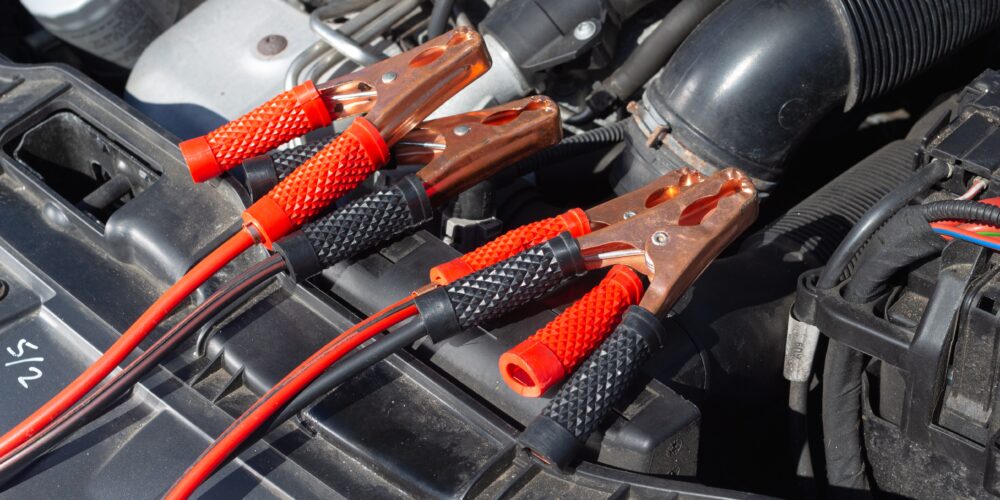Life can be unpredictable, and sometimes our vehicles find themselves sitting idle for extended periods. Whether due to travel, remote work, or unforeseen circumstances, a car left untouched for months can present some challenges when you finally decide to get back on the road. In this article, we’ll explore the essential steps to take when your car has been dormant for an extended period, ensuring a smooth transition from hibernation to ignition.
Inspect the Exterior
Before diving into the mechanical aspects, give your car’s exterior a thorough inspection before you get started, particularly if the car has been stored outside. Check for any signs of damage including rust, and clean off any dirt and debris like bird droppings, tree sap, leaves and other dust. These can all cause lasting damage to the paintwork and require additional repair before you can get driving.
Check the Battery
A dormant car often means a drained battery. Even if your car has been completely still and unused, the battery could drain down in as little as a month and is one of the reasons you are advised to start your car up regularly. Before attempting to start the engine now, however, check the battery voltage with a multimeter. If it’s below the recommended level, recharge it using a proper battery charger. In some cases, a jump start might be necessary.
Inspect the Tyres
Tires can develop flat spots when a car sits stationary for months. Check the tire pressure and inflate them to the recommended levels. If flat spots persist, driving the car for a few miles can often help smooth them out. If the tires show signs of dry rot or excessive wear, or the flat spots don’t even out, it’s important to book your vehicle in for inspection and tyre replacement where necessary.
Check and Change The Fluids
Fluids are a key part of your car, and it’s crucial to ensure they’re in optimal condition and free from debris or dirt build-up. Check the oil level and consistency, and if needed, have the oil changed. You should also check the transmission fluid, brake fluid, coolant, and power steering fluid, as well as the windscreen wash to ensure it is also free of any dirt or debris. If any fluid appears discoloured or has an unpleasant odour, consider replacing it to avoid any expensive engine repairs.
Brake Inspections
The brakes are the most important safety feature on your vehicle and should always be in perfect working order. When starting up an old car, check the brakes for any signs of corrosion or rust on the rotors. If the brakes feel spongy or make unusual noises, have them inspected by a professional. Stopping power is critical for the safety of you and other road users, so addressing any brake issues promptly is essential.
Start with a Short Drive
If your battery and all of the fluids are in good working order, it’s time to start your car. When starting your car after a long hiatus, don’t immediately embark on a cross-country road trip. Begin with a short drive around the neighbourhood to allow the engine to warm up gradually. This also gives the brakes and other moving parts a chance to regain their functionality and for you to see if anything else may be faulty or a sticking point that needs to be looked at.
Starting up a car that has been parked unused for months can take a lot of work to get it up to working order again. While most vehicles might be fine in terms of the mechanics, having your car checked and serviced by a professional can give you additional peace of mind that everything is ready and raring to go. Simply get in touch with a member of our team for more information about booking your vehicle in with us, today.

